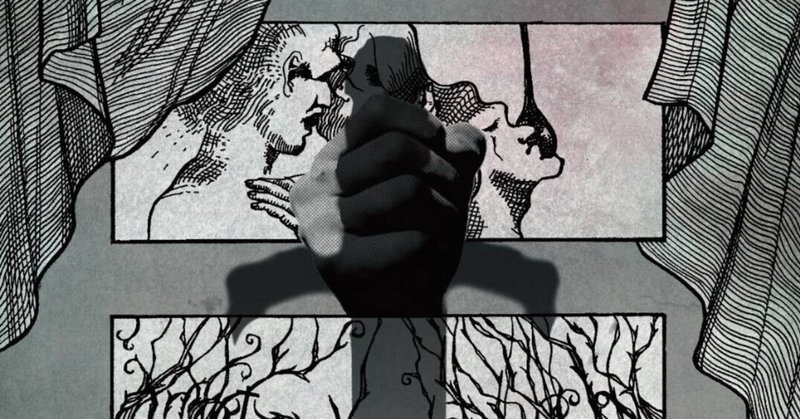
Comparison of Japanese translations of Shakespeare's Macbeth
Shakespeare is one of the world's most popular playwrights and his works have been translated into the largest variety of languages. In this article, I would like to discuss the translations of Tsuneari Fukuda and Kazuko Matsuoka and use their Japanese translations of Macbeth to consider equivalence. Both are well-known translators in the Japanese theatre world and have successfully staged productions using their translations.
The original
1st Witch. When shall we three meet again?
In thunder, lightning, or in rain?
(Shakespeare 82)
Fukuda's
第一の魔女 いつにしよう、また三人いっしょになるのは、雷、稲妻、土砂降りに誘われて?
(Fukuda 9)
Matsuoka's
魔女1 いつまた会おう、三人で?
雷、稲妻、雨の中?
(Matsuoka 9)
First of all, sound would be one of the most important features of a theatre script. Take, for example, the first line spoken by the three witches (see quote above). The original text has Anapestic tetrameter, which is a rhyme with four pairs of strong and weak syllables per line. The alternation of unstressed and stressed syllables is repeated four times. Matsuoka's text seems to have taken this into account in her rhythmic translation. Matsuoka's dialogue between the three witches is expressed in a "Seven and Five Syllable Meter". This gives the Japanese a sense of dynamism and a playful, nursery-rhyme-like quality. On the other hand, Fukuda's translation shows no noticeable feature in the rhythm.
Another difference that readers should notice is with regard to meaning. Fukuda's translation is generally longer than Matsuoka's.
The first line is re-translated as follows:
Fukuda's
1st Witch. When shall the three of us be together again, lured by thunder, lightning and downpour?
Matsuoka's
1st Witch. When shall we meet again, the three of us?
In thunder, lightning or rain?
Fukuda tends to add phrases and words to explain the situation, while Matsuoka appears to be faithful to the original text. Fukuda's translator's notes show that he mentions the shortness of Macbeth's script as a whole. He may be aware of the original text as an under-explained text.
In conclusion, the value of these target texts depends on the context in which the reader accepts them. Also, the translation depends on that value criterion and cannot decide on one correct answer. Fukuda focuses on whether the Japanese can grasp the situation in detail, while Matsuoka tries to show as much fidelity as possible to the original text in terms of rhythm, meaning, etc. In order to determine which translation is better and to determine equivalence, the value criteria need to be determined in more detail.
References:
Imanishi, Masaaki Edit. (1987) 'Macbeth' Taishukan Shoten: 82
Fukuda, Tsuneari Trans. (1969) 'Macbeth' Shinchosya: 9
Matsuoka, Kazuko Trans. (1996) 'Macbeth' Chikuma Bunko: 9
この記事が気に入ったらサポートをしてみませんか?
